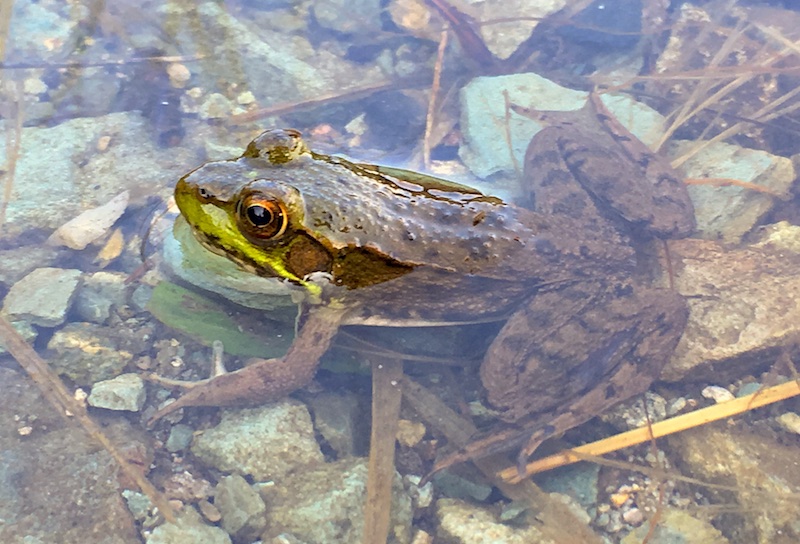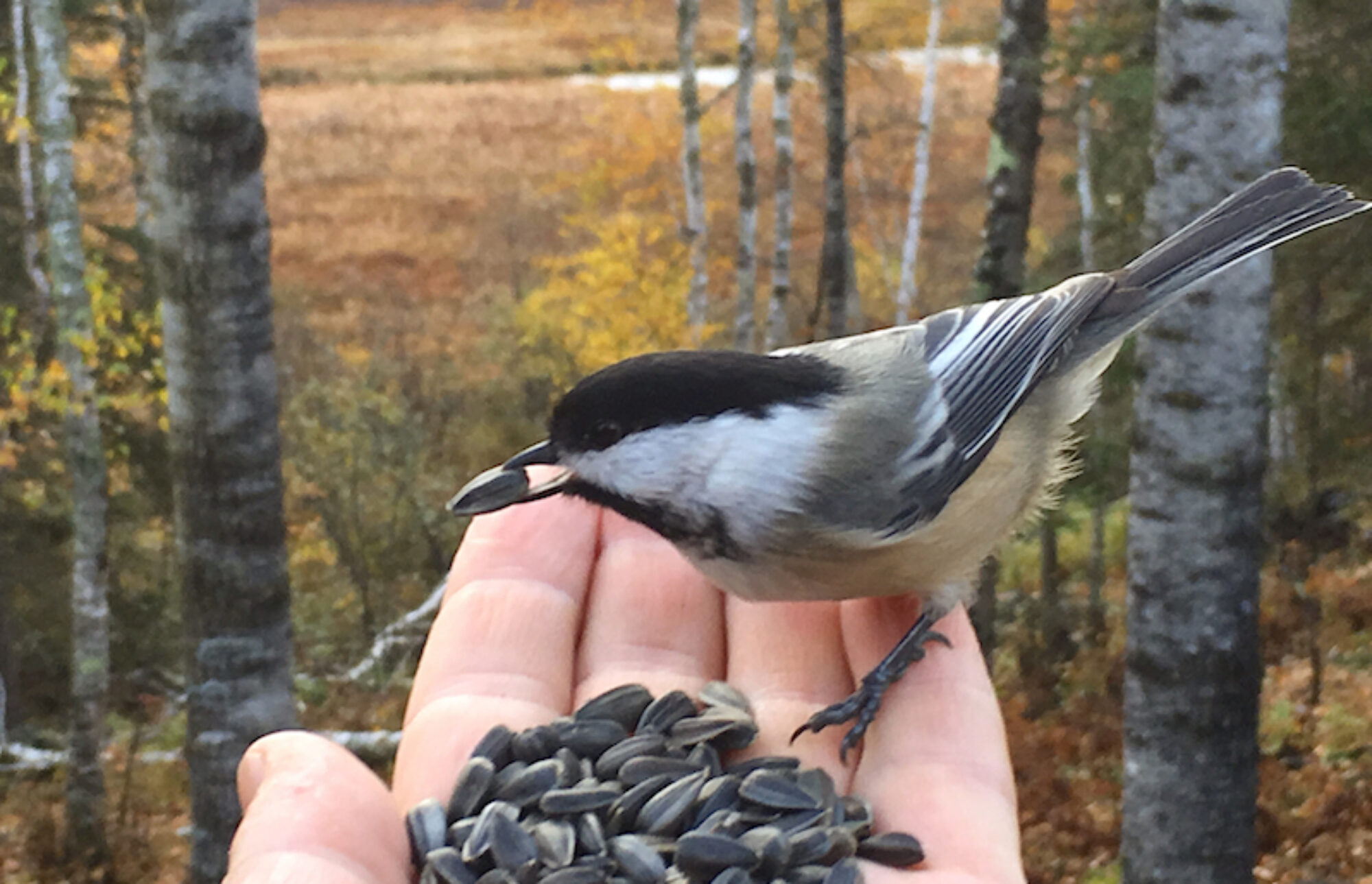
ELY, MINN. — I’ll come straight out with it: frogs are cool.
Plop!
There, I’ve said it, the words leaping from my fingers on the computer keyboard to the text document on the computer screen as effortlessly as, well, a Northern leopard frog springing from its muddy and vegetative covert into the cool, clear water of a nearby lake.
Plop!
It’s a sound I’ve been hearing a lot the past couple of weeks whenever I’ve had a chance to get out on a hike around a lake, a wetland or even a mucky patch along a portage trail.
When I’m not hearing frogs go plop! into the water or calling from dark and damp hiding places, I’m seeing them. Seemingly everywhere. Along the road, in the dry grass of our little yard while mowing and even in the middle of a barren, sunny clear-cut in the middle of the forest.
Frogs it seems, lately, are everywhere. No more prevalent than on the gravel road I take in the dusky shadows of evening on the final 3-mile stretch to home from town after work. I always drive slowly on the washboard, twisting, undulating run of non-pavement that snakes through the forest because one never knows when a speeding vehicle will come around the corner hogging two-thirds of the road or a white-tailed deer will pop out of a ditch.
Of late, however, it’s not been rude drivers or unsuspecting whitetails I’ve been most focused on. Rather, it’s all the frogs – and an occasional toad or garter snake – that want to share the road. I frequently slow down, swerve (as much as one can “swerve” when driving 20 to 25 mph) or pump the brakes to avoid flattening a frog, toad or snake. I know I’ve spared a few reptilian lives this summer, but I’m also equally certain that I’ve probably been responsible for a few casualties. It would be impossible to see everything crossing the road, especially when one considers the size and camouflaged colors of some of these small forest-dwellers.
I’m not certain when this summer I got interested in frogs; I’ve always been drawn to charismatic mega-fauna, such as moose, bears and wolves. In fact, it was likely while on various hiking trips in search of the aforementioned mammals that I kept running into frogs on or along the trails I traversed. Wood frogs. Green frogs. Mink frogs. Tree frogs, that broad classification of several species of smaller frogs, some of which measure less than an inch in length.
No different than moose, bears and wolves, frogs play an important role in the environment and food chain. They feast on slugs, crickets, snails, flies, mosquitoes, beetles and numerous other insects, utilizing their long tongue with a sticky pad that snatches prey so quickly that the human eye can’t detect the tongue’s movement in and out of their mouth. At the same time, frogs, which can live from 3 to 10 years, provide nutrition to a smorgasbord of creatures, no more so than for herons, bass and northern pike.
More could be written here about frogs, but one adaptation by wood frogs says much about why frogs are so cool, no pun intended. Wood frogs settle under leaf litter in the fall and then freeze solid in the winter. Yes, solid. Their heart and lungs shut down completely for several months and then with the help of glycerol – a natural antifreeze — they thaw out in the spring, undamaged and ready to head for their snowmelt breeding pools.
How cool is that?
Plop!
Todd Burras can be reached at ou****************@gm***.com.
